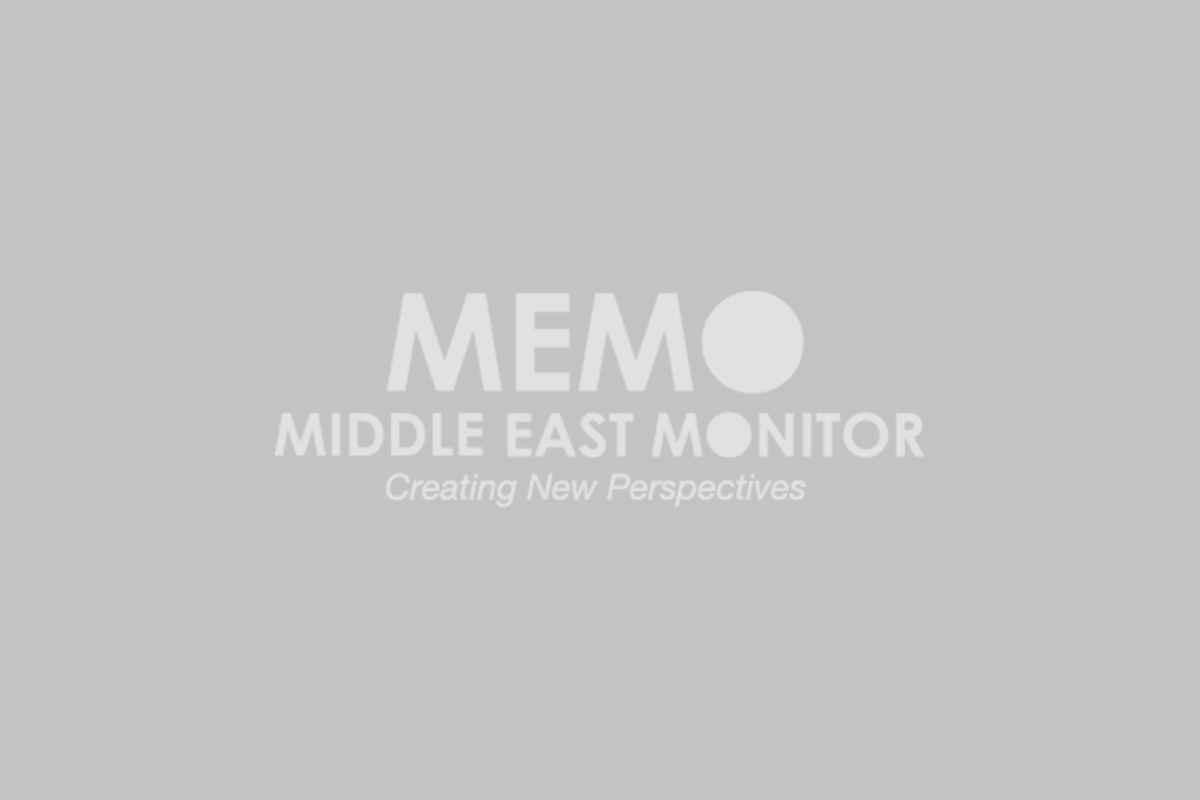Rahaf Abu Suleiman, an 11-year-old girl, just arrived in the Turkish capital, Ankara, to continue her treatment after she appealed to the Turkish authorities for urgent intervention given the poor health conditions in the already blockaded Gaza Strip.
On 6 August, Rahaf was playing with her cousins close to their home in the Jabalia refugee camp, northern Gaza Strip. Suddenly, an Israeli missile hit the area, killing five children and injuring a handful of others, including Rahaf and her 13-year-old brother, Mohammed.
As a result of an F16-fired rocket, Rahaf lost three limbs. She lost both legs and one arm due to shrapnel hitting different parts of her body, also causing damage to her sight.
Hours after her arrival in the Turkish capital, Rahaf was subjected to a series of medical operations, as Turkish doctors insisted on intervening as much as possible in the first hours.
‘Don’t send me back’
The most frequent phrase that Rahaf utters while lying on her 10th-floor bed in Ankara’s Sehir Hospital is: “Don’t send me back. I want to stay and continue my entire life here in Ankara.” Rafah continually wakes and weeps during the night because of her horrific nightmares.
OPINION: It’s time to stand with Gaza as inflation hits the blockaded territory hard
For Rahaf, Gaza has become a source of horror as the Israeli warplanes do not differentiate between a child, the elderly, a man or a woman. Every living Palestinian has been a target during the latest Israeli onslaughts over the blockaded Gaza, with women and children paying the heaviest price. It is worth noting that Israel, according to an official Palestinian study, massacred a thousand Palestinian children in the period between 2009-2022.
Israel’s eagerness to target Palestinians of all ages mirrors the absence of morality shown by former Israeli Prime Minister Ariel Sharon, who once stated: “A good Palestinian is a dead Palestinian.”
‘Where did you put my limbs?’
Rafah continually laments and asks her mother heart-breaking questions, such as: “Where are my amputated limbs now? Are they buried in a tomb? Did they write my name on the tomb? Did you mix them with the martyrs’ bodies? Will you bury me in the same tomb if I die?”
It will take months, or even years, for Rahaf to recover from these nightmares; however, her family says there could be a light at the end of the tunnel if their daughter receives the necessary treatment (smart limbs).
‘But I wanted to become a nurse’
A high-achieving student at school with hopes of succeeding in the future, Rahaf has been dreaming of becoming a nurse. She was planning on becoming a “mercy angel”, a term Palestinians use for nurses, but is now surrounded daily by angels of mercy helping her overcome her grief.
READ: Palestinian youth practice parkour on Gaza’s ruins
Hearing Rahaf screaming in pain is unforgettable. A video of her screaming in agony went viral on social media, with Rafah complaining of pain in her eyes, legs, arms, back and neck. Every single organ of Rafah’s body was hit by the shrapnel of the brutal Israeli missile.
Let us hope and pray that this little girl will be the last to be affected by Israeli war crimes.
Though, the painful truth is that while the apartheid state continues its illegal occupation, and as long as the international community turns a blind eye to Israeli atrocities, there will be more suffering for children like Rahaf.
The views expressed in this article belong to the author and do not necessarily reflect the editorial policy of Middle East Monitor.

![Palestinians attend the meeting marking the 34th anniversary of the establishment of Hamas at Jabalia refugee camp in Gaza City, Gaza on December 10, 2021 [ Ali Jadallah - Anadolu Agency ]](https://i0.wp.com/www.middleeastmonitor.com/wp-content/uploads/2021/12/20211210_2_51256708_71491740.jpg?fit=920%2C613&ssl=1)







